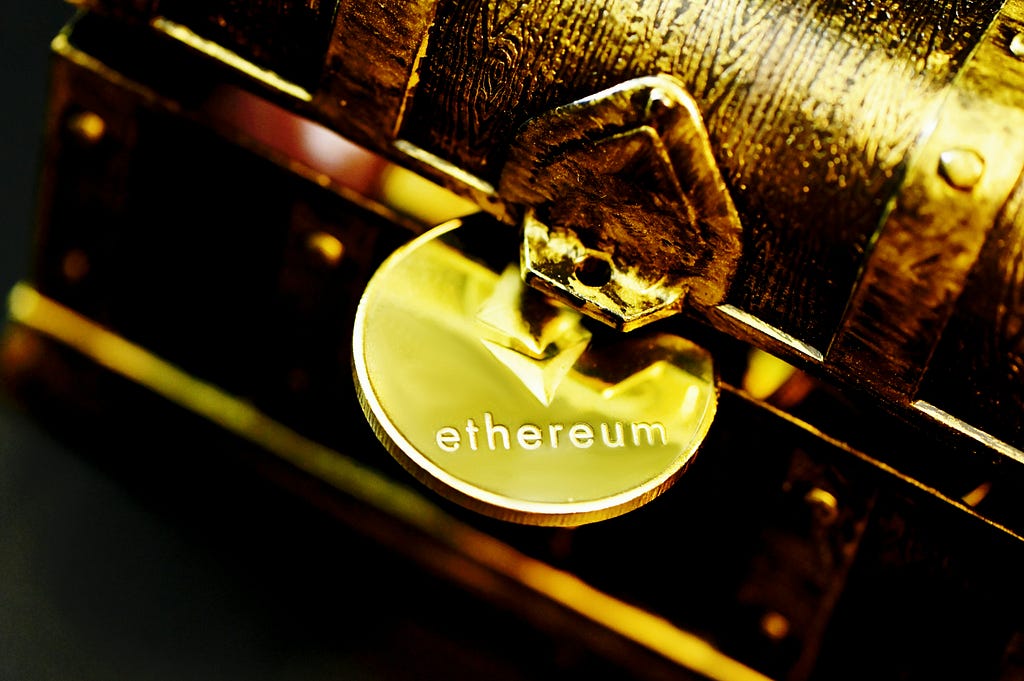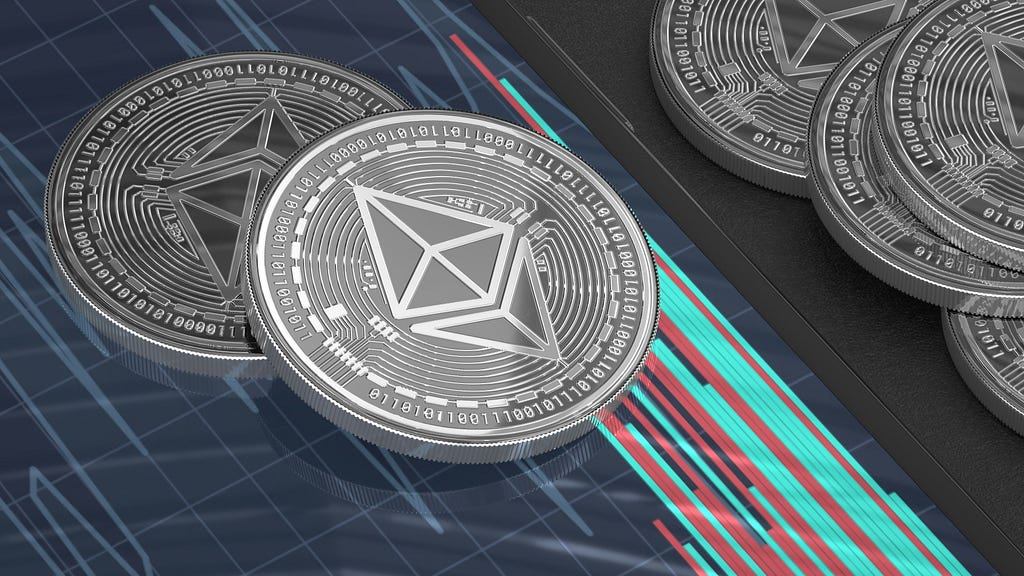Fed up with crazy Ethereum gas fees? Discover what ETH gas fees are, why they’re so high, and easy tricks to slash your transaction costs today.
Gas Fees Got You Down? You’re Not Alone.
Ever tried sending $50 worth of Ethereum only to see the network asking for a $30 “gas fee”? Yeah, me too — and it’s ridiculously frustrating. Like, what’s even the point of crypto being the “future of finance” if it costs more than Western Union to send money, right?
If you’re stuck at your 9–5 job and just wanna grow your crypto portfolio without watching half your cash vanish in transaction costs, you’re in luck. I’ve been down the Ethereum rabbit hole and back, and I’ll show you exactly why these gas fees happen, why they’re so pricey, and more importantly — how to stop paying so much. Ready to keep more of your crypto in your wallet? Let’s dive in!
Quick Takeaways (The TL;DR Version):
- Ethereum gas fees pay for transactions and smart contract interactions.
- Fees fluctuate wildly based on network congestion (like rush hour traffic — ugh).
- Lower your gas fees by choosing off-peak hours, setting manual gas limits, or using Layer-2 solutions.
- Common mistakes: Ignoring gas prices, accepting default settings, using the network at peak times.
- Future upgrades (like Ethereum 2.0) promise lower fees (fingers crossed).
Let’s break all that down properly.
What Exactly are Ethereum Gas Fees Anyway?
Gas Fees in Plain English (No Tech Mumbo-Jumbo, Promise)
Okay, first things first. Ethereum gas fees aren’t literal gas (you probably knew that). They’re transaction fees you pay miners (or validators) on the Ethereum network to process your transaction.
Think of it like paying for shipping when you buy something online — your ETH is the package, and gas fees are the delivery costs. But imagine delivery prices changing every few seconds based on how many packages other people want delivered at that moment. Annoying, right?
Why are Ethereum Gas Fees So Ridiculously High?
Supply and Demand (a.k.a. Traffic Jams on Ethereum)
Ethereum’s network gets congested — a lot. With so many apps (like NFTs, DeFi, games) running on Ethereum, there’s only so much space for transactions. When everyone tries to use Ethereum at once, gas fees skyrocket.
Picture the highway at rush hour: too many cars (transactions), limited road space (block size), equals massive delays and frustration (high gas fees). This is why you sometimes see insanely high fees.

How to Pay Less in Ethereum Gas Fees (Your Wallet Will Thank You)
Thankfully, you’re not completely helpless. Here’s how you can easily pay less on Ethereum:
1. Time Your Transactions (Seriously, It Helps)
- Peak Hours (Avoid!): Usually weekdays, daytime hours (especially U.S. business hours).
- Off-Peak Hours (Sweet Spot!): Late nights, weekends — basically when fewer folks are using the network.
If you’re patient (I know, annoying), waiting a few hours can cut your gas fees by half or more.
2. Set Gas Fees Manually (Take Control)
When sending Ethereum, wallets usually suggest a default gas fee — but it’s not always the best deal. Use sites like GasNow.org or Etherscan to see current gas prices. Then, manually adjust your wallet’s gas fee. You might wait longer — but hey, cheaper fees.
3. Use Layer-2 Solutions (This Is a Game-Changer)
Layer-2 solutions (like Optimism, Arbitrum, or Polygon) handle transactions off Ethereum’s main network. Think of it as taking the express lane or side road to avoid traffic. Fees can drop from dollars to mere cents.
Yeah, it’s a bit technical, but worth figuring out — trust me. Most wallets now integrate seamlessly with Layer-2 solutions, so it’s easier than ever.
Common Mistakes People Make with Gas Fees (Don’t Be Like Them)
I’ve made these mistakes myself — here’s how you avoid them:
- Accepting Default Fees Blindly: Wallets suggest safe but pricey fees. Check gas prices manually.
- Using Ethereum During Peak Times: Just don’t do it if you can help it. Wait a bit, save money.
- Ignoring Layer-2: Seriously, layer-2 is the future. It saves you real money — don’t sleep on it.
- Not Cancelling Stuck Transactions: Transactions stuck? You can speed them up or cancel by sending another transaction with higher fees (yes, more fees — ouch — but it helps avoid indefinite limbo).
Future Outlook: Will Gas Fees Always Suck This Much?
Good question! Thankfully, Ethereum developers aren’t sitting idle. Ethereum 2.0 promises faster transactions and dramatically lower fees by transitioning to a Proof-of-Stake system (no more crazy mining fees!). There’s also something called “sharding” — splitting the network into smaller parts — to ease congestion.
When will it fully roll out? Honestly, Ethereum timelines tend to slip a bit (uh, understatement of the year?), but improvements are already arriving gradually. Bottom line: relief is coming (hopefully sooner rather than later).
Expert Insights: What the Crypto Pros Say
Crypto experts generally agree Ethereum gas fees will decrease significantly with Layer-2 adoption and Ethereum 2.0 upgrades.
- Vitalik Buterin (Ethereum’s co-founder) frequently highlights layer-2 solutions as immediate relief for high gas fees, urging people to use them more.
- Cathie Wood (ARK Invest) is optimistic Ethereum will scale significantly, driving fees way down.
- Raoul Pal (Real Vision) predicts Ethereum improvements will drastically lower fees, boosting adoption.
So, yeah, smart people are confident fees won’t stay insane forever.

FAQs: Quick Answers for Busy People
Q: Why does Ethereum charge gas fees at all?
A: Gas fees reward miners for securing and validating transactions, keeping Ethereum running safely.
Q: How can I check current Ethereum gas fees?
A: Easy — use Etherscan Gas Tracker.
Q: Are Ethereum gas fees tax-deductible?
A: In some jurisdictions, yes — as part of crypto transaction costs. Check with your tax advisor, though.
Q: What happens if I set gas fees too low?
A: Your transaction might get stuck or take forever. If stuck, you can cancel or speed it up (for a higher fee, sadly).
Final Thoughts: Say Goodbye to Insane Gas Fees
Ethereum gas fees can seriously dampen your crypto enthusiasm — trust me, I’ve been there. But knowing a few simple tricks makes things way less painful:
- Time transactions carefully (off-peak is your friend).
- Manually set your gas fees (don’t just accept wallet defaults).
- Explore layer-2 solutions (they’re easier than you think).
Bottom line? You have more control than you think. By following these tips, you’ll keep more Ethereum where it belongs — in your wallet.
Ready to Lower Your Gas Fees and Grow Your Crypto Portfolio?
Start by experimenting with transactions during off-peak hours, set your own gas fees, and test out layer-2 solutions. You’ll quickly see just how much you can save.
If you liked these tips and want even more straightforward crypto strategies designed specifically for busy professionals, subscribe now! Together, we’ll make crypto investing easy, affordable, and actually enjoyable. 🚀
Ethereum Gas Fees Explained: What Are They and How Can You Actually Pay Less? was originally published in The Capital on Medium, where people are continuing the conversation by highlighting and responding to this story.
